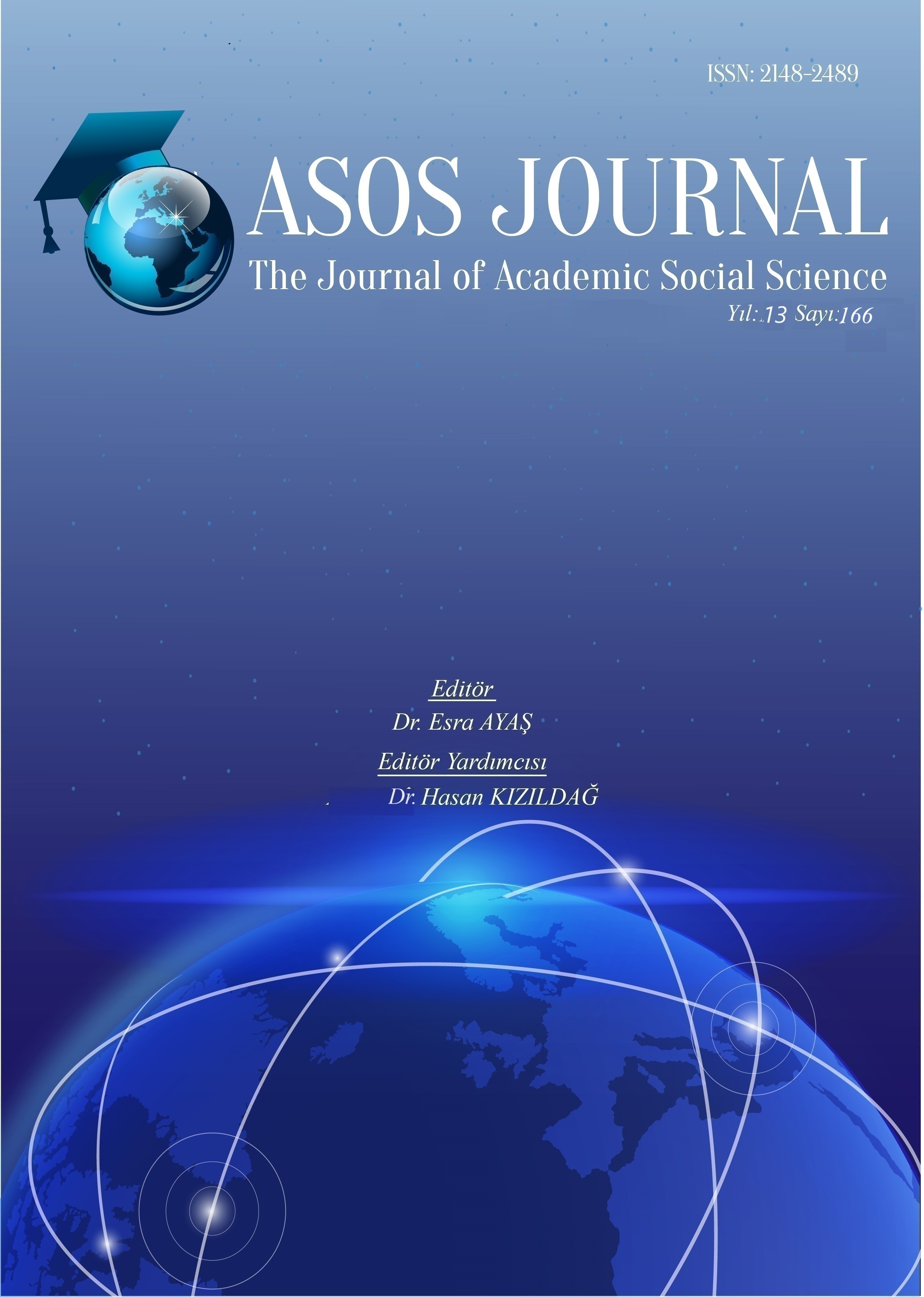Author :
Abstract
Kutup bölgeleri, küresel ısınmanın en hızlı etkilediği alanlardan biri olup, yapılan araştırmalar bu bölgelerdeki değişimlerin dünya ekosistemi üzerindeki geniş çaplı etkilerini ortaya koymaktadır. Yapılan araştırma, ilkokul ve lise öğrencilerinin kutup bölgeleri ve iklim değişikliği konusundaki algılarını inceleyerek, her iki grubun da bu konulara yönelik farkındalık ve duyarlılıklarının geliştirilmesi amaçlanmıştır. Betimsel nitel araştırma deseni kullanılmış, öğrencilerin kutup bölgelerine ilişkin algılarını ve anlatı biçimlerini anlamaya yönelik bir analizler yapılmıştır. Çalışma grubunu ilkokulda öğrenim gören 1 ve 2. Sınıf öğrencileri ile fen lisesinde öğrenim giren 9. ve 10. Sınıf öğrencileri oluşturmaktadır. Elde edilen sonuçlar, öğrencilerin çizim ve öykülerinde kutup ayıları, penguenler, buzullar ve iglolar gibi kutup ögelerine sıkça yer vermeleri, bu bölgelerin ekosistemine dair temel bir bilgiye sahip olduklarını göstermektedir. İlkokul öğrencilerinin resimlerinde buzulların erimesinin sona erdiği ve tüm canlıların mutlu bir şekilde yaşadığı olumlu senaryoların ağırlıkta olması, onların geleceğe dair iyimser bir bakış açısına sahip olduklarını ortaya koymaktadır. Benzer şekilde, lise öğrencilerinin yazdığı öykülerin büyük çoğunluğunun olumlu senaryolarla sonlanması, gençlerin de çözüm odaklı ve umutlu bir perspektif benimsediklerini göstermektedir.
Keywords
Abstract
The polar regions are one of the areas most rapidly affected by global warming, and studies reveal the wide-ranging effects of changes in these regions on the world ecosystem. This study aims to examine the perceptions of primary and high school students about the polar regions and climate change and to improve the awareness and sensitivity of both groups towards these issues. A descriptive qualitative research design was used, and an analysis was made to understand students' perceptions and narrative forms about the polar regions. The study group consisted of 1st and 2nd grade students studying in primary school and 9th and 10th grade students studying in science high school. The results show that students frequently include polar elements such as polar bears, penguins, glaciers and igloos in their drawings and stories, and that they have a basic knowledge of the ecosystem of these regions. The predominance of positive scenarios in the drawings of primary school students, in which the melting of glaciers ends and all living creatures live happily, reveals that they have an optimistic view of the future. Similarly, the fact that the majority of the stories written by high school students end with positive scenarios shows that young people also adopt a solution-oriented and hopeful perspective.





